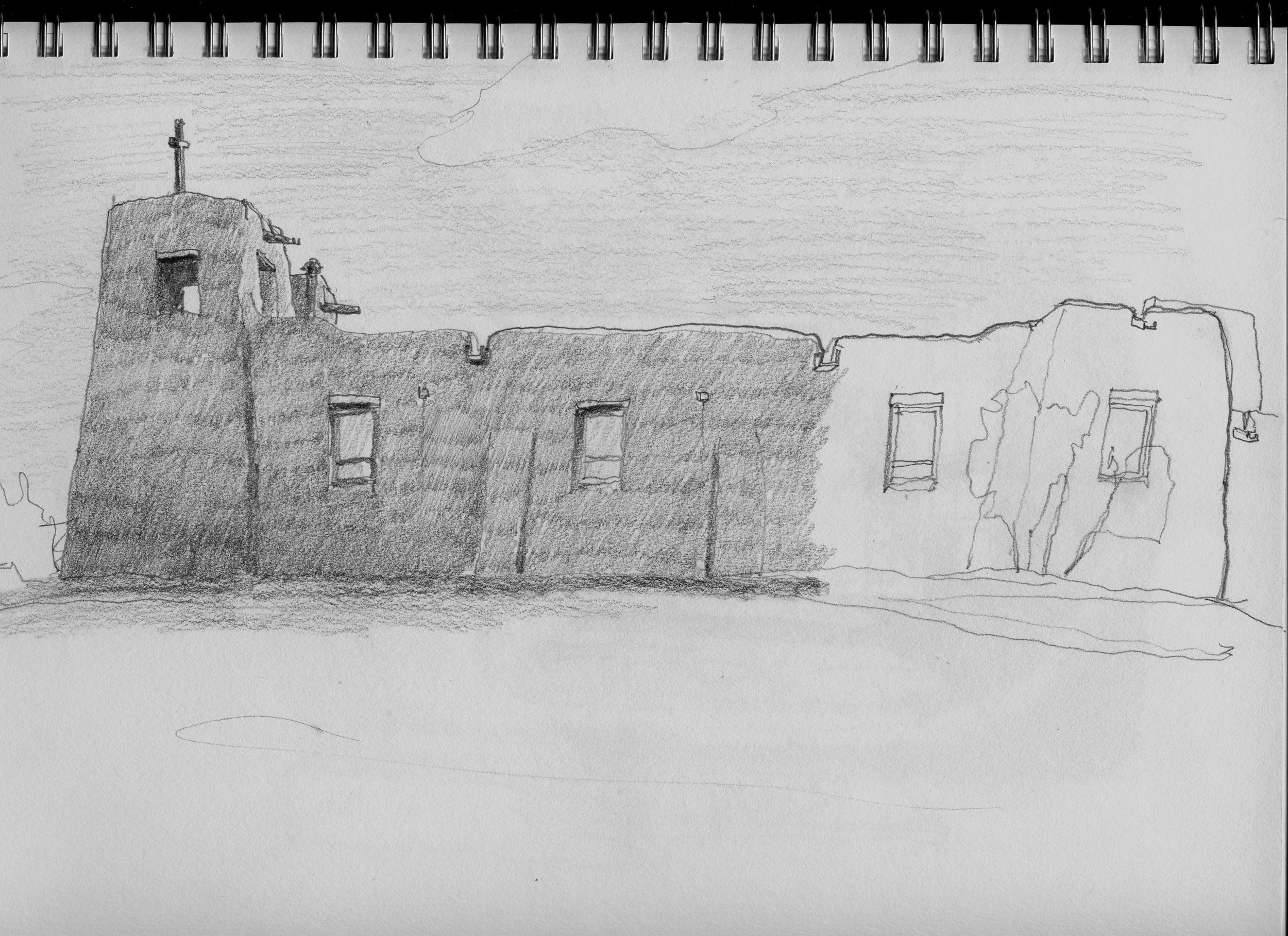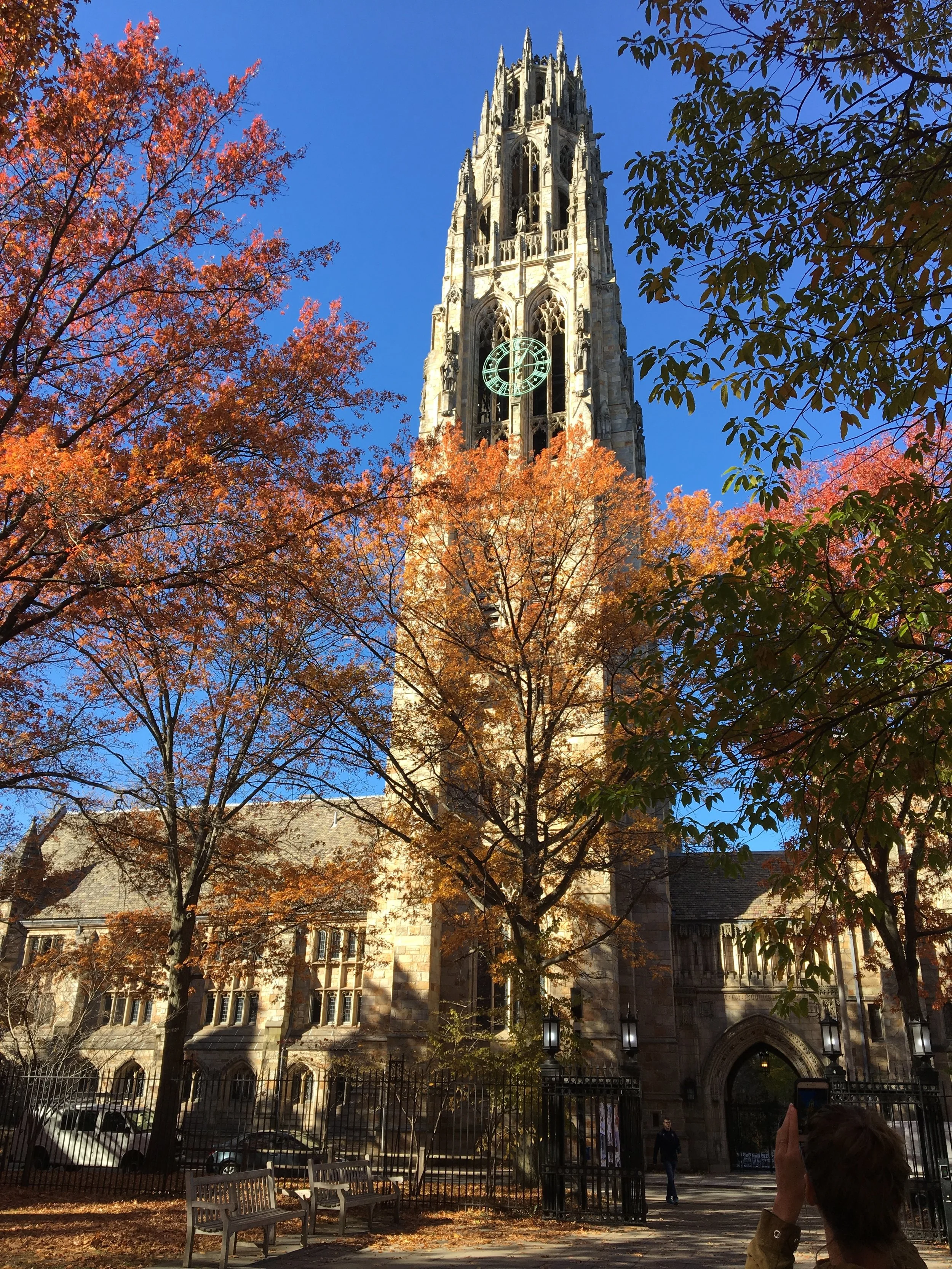adobe, churches and some thoughts on walls
I recently took a brief trip down to Taos and Santa Fe, New Mexico and drove along the scenic High Road to Taos. Of course, along the way, in addition to stopping off to admire the vast chaparral landscape, I stopped at a number of the old adobe churches that are some of the oldest still-standing buildings in North America.
The dominant building material here is adobe - mud and straw bricks, left to dry in the sun. As you can see in the photo above, the adobe walls are usually coated with another clay/mud layer that helps to protect the exterior surface and renders the entire building into a massive, monolithic volume.
Further accentuating the bulging masses, the height of the unsupported adobe walls required buttresses, not unlike classic North European cathedrals, to keep the walls vaguely vertical. In the case of many of the churches, these buttresses at the front and corners of the building, were integrated into the wall planes of the church. The overall effect is one of a gigantic lump of clay, albeit hollowed out for occupation.
These massive structures dominate the landscape, and although they do not in any way try to meld sympathetically with the immediate topography, the consistency of color and form of the slathered adobe, makes them clearly native to their environment.
These are sacred spaces, but also buildings of oppression, often severe. In most cases, they are the only building over 1 story high and clearly the pride of their communities. They dominate the landscape and it would seem, at least at one time, the lives of the villages they inhabit. Their impressive stature lies not in their ornament or even craftsmanship, but their bulk, unyielding and stoic, baking in the landscape.










